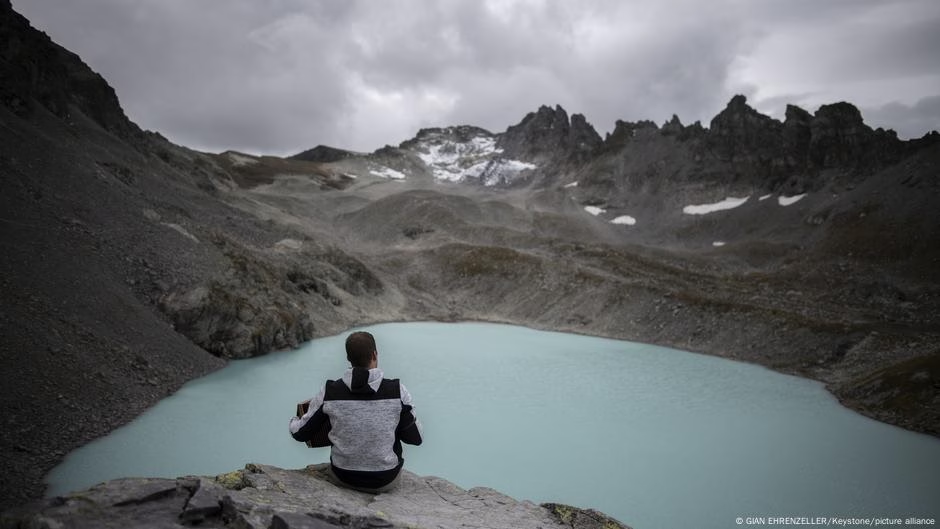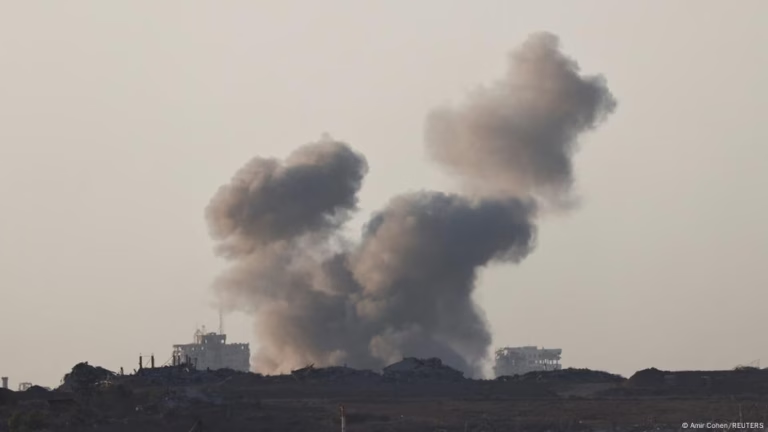For the past five out of the last six years, there has been record-breaking glacier retreat, as reported by recent joint research by the World Meteorological Organization (WMO) and the World Glacier Monitoring Service (WGMS).
Historical glacial formations in various regions including the US, Canada, Scandinavia, Central Europe, New Zealand, are expected to vanish before the end of the century, according to researchers. They caution of far-reaching implications for economies, ecosystems, and communities situated downstream.
Since monitoring began in 1975, glaciers worldwide have lost over 9,000 billion tons of ice. This volume is comparable to an ice block the size of Germany and measuring 25 meters thick.
In response, 2025 was designated as the International Year of Glaciers’ Preservation by the United Nations General Assembly, which also established the inaugural World Day for Glaciers on March 21. The initiative aims to highlight the significance of glaciers, snow, and ice in climate and hydrological cycles.
Earth’s glaciers and ice sheets hold about 70% of the world’s freshwater. As these “water towers” diminish, a critical freshwater source for millions is lost.
Additionally, glacier decline exacerbates natural hazards such as floods. In 2023, a glacial outburst in India’s Sikkim region led to at least 55 deaths and the destruction of a significant hydropower dam.
The melting glaciers substantially contribute to sea level rise, having more than doubled since satellite measurement initiation in 1993. Each millimeter of sea level rise exposes and endangers 200,000 to 300,000 more people to annual flooding.
The WMO report also confirmed 2024 as the first year with temperatures exceeding 1.5 above pre-industrial levels, hinting at the failure of Paris Agreement goals to keep global warming within this limit. Soaring temperatures and resultant ice loss have been a global phenomenon, with certain regions facing record annual ice mass losses.
The WMO suggests that while immediate action to strengthen warning systems and adapt to impacts like extreme flash flooding is necessary, the overarching goal remains to limit glacial retreat by adhering to Paris climate targets.
Source: https://www.dw.com/en/how-bad-is-glacier-melt-and-why-does-it-matter/a-71985326?maca=en-rss-en-all-1573-rdf








